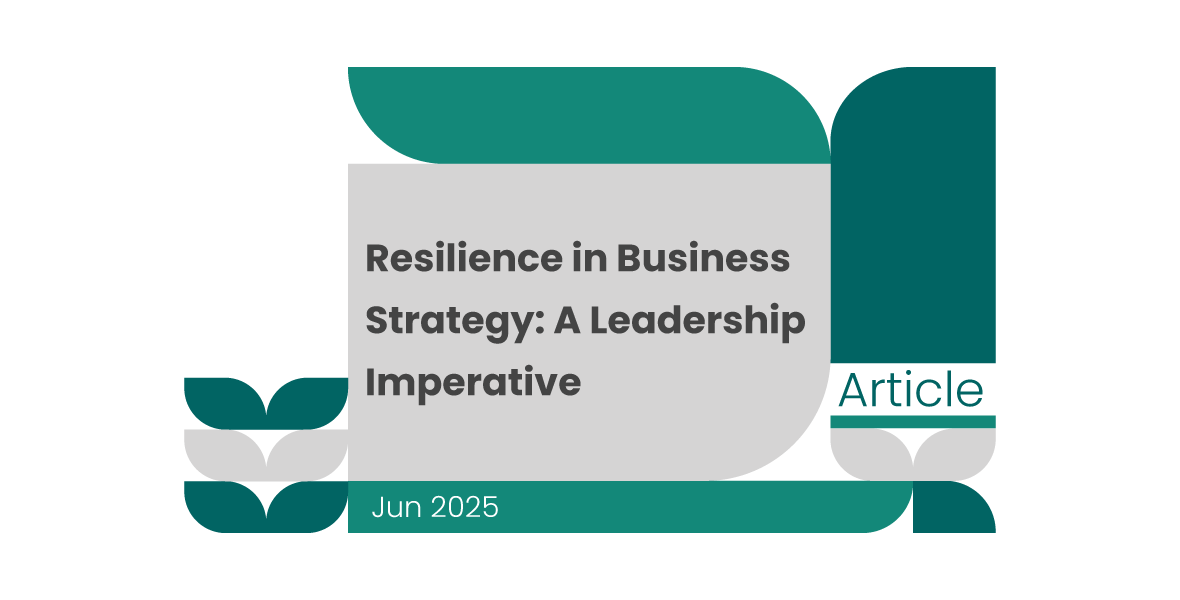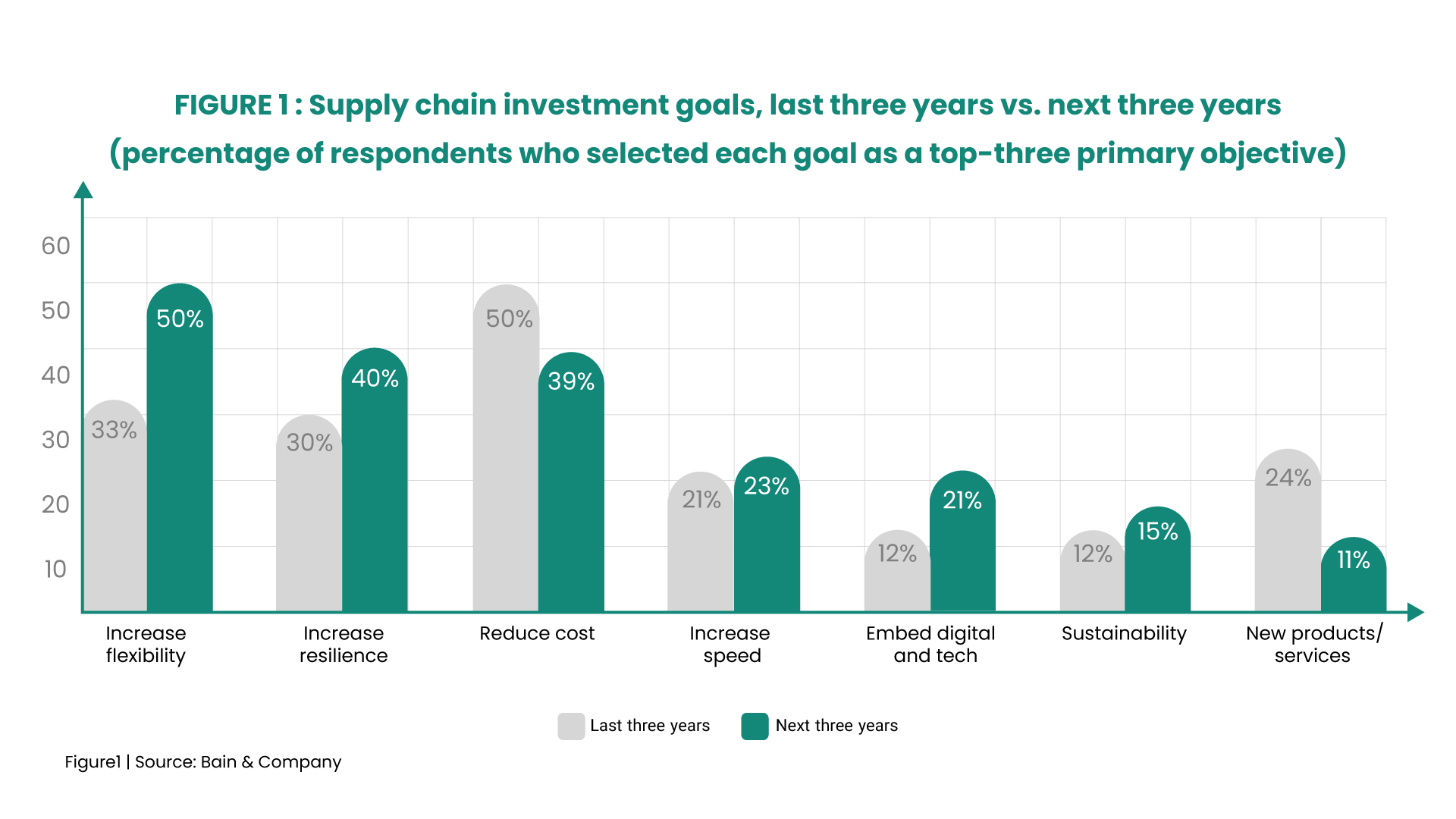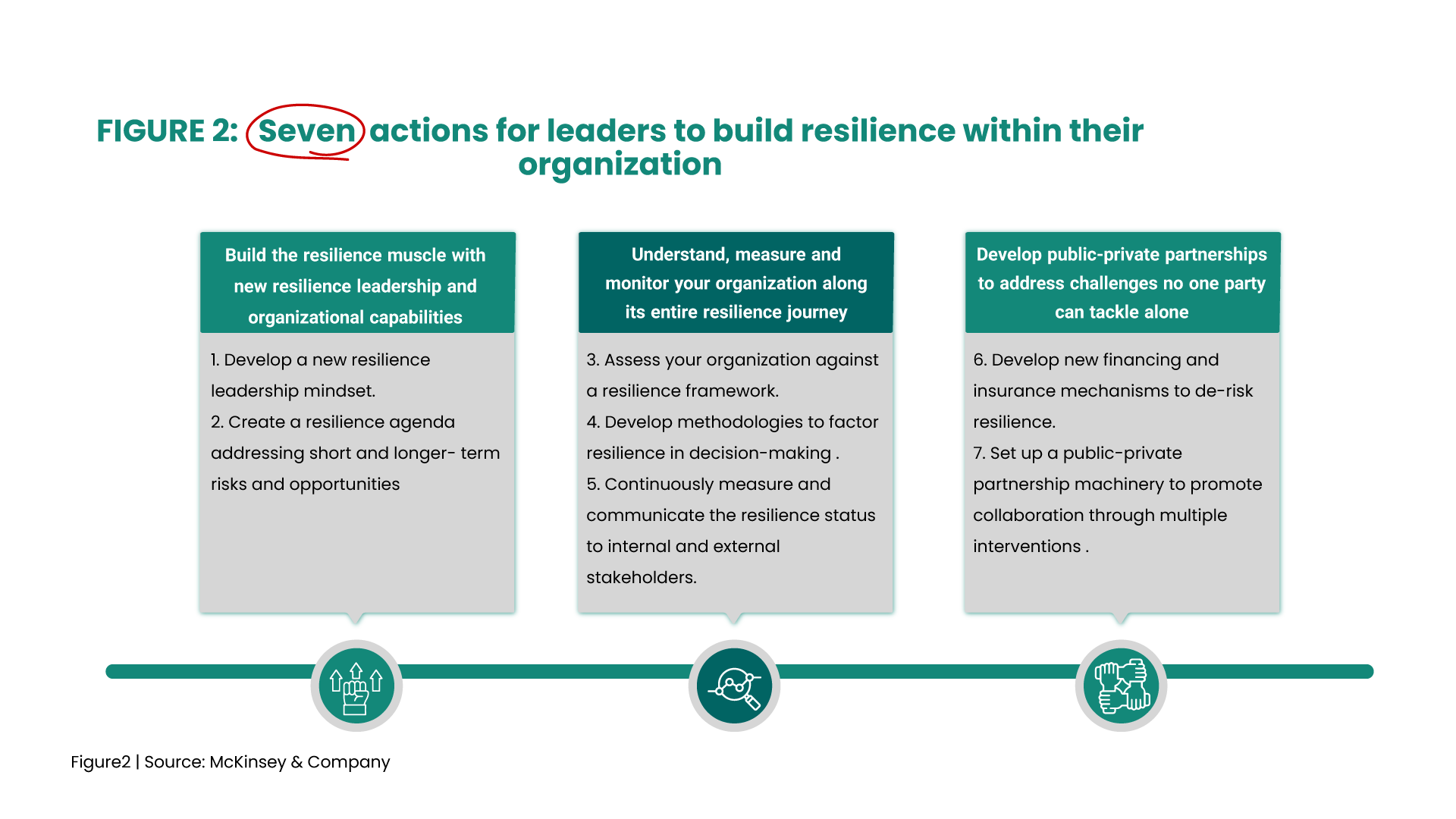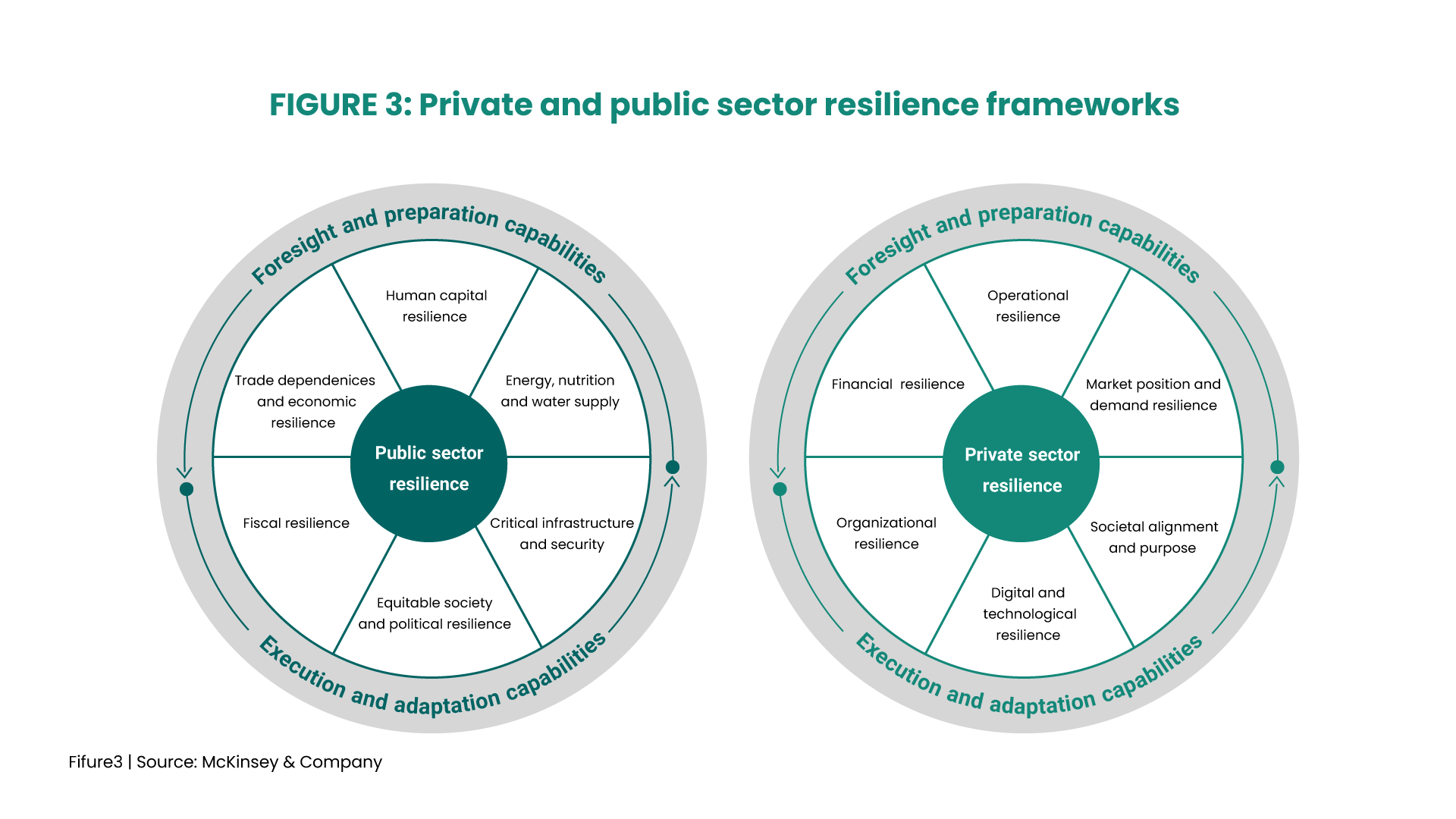
Resilience in Business Strategy: A Leadership Imperative
Estimated reading time 6 min
COVID-19, economic recession, bankruptcy, sudden loss of key talent—these are just a few examples of disruptions that can strike a business without warning. At a time when no number or metric can promise a clear path forward, resilience becomes the only real lifeline.
Businesses have always faced two broad types of disruption:
- Unpredictable and unprecedented events:
Such as the COVID-19 pandemic or the Fukushima nuclear disaster. - Known but long-term and evolving challenges:
Like climate change, which unfolds gradually and brings with it new uncertainties—ranging from the success or failure of emerging technologies to the rise or decline of new business models, and the world’s pursuit of net-zero emissions.
To survive in today’s uncertain world, companies must build resilience against both types of disruption. Even more critically, many of these shocks are systemic—they affect not just one business, but entire industries or geographies. That’s why resilience is no longer just a defensive capability; it’s becoming a key competitive advantage.
In this article, drawing on global research and case studies, we explore the concept of resilience and its strategic value for today’s business leaders.
Resilience: A Strategic Advantage
Resilience has emerged as one of the most critical sources of strategic differentiation in today’s business landscape. Yet, traditional approaches are no longer sufficient to address the scale and complexity of modern challenges.
The Approach of Leading Companies
Forward-thinking companies integrate resilience across three core areas: strategy, operations, and supply chain. This holistic approach not only helps them manage environmental and systemic risks but also equips them to better withstand future disruptions.
Strategic Resilience
Decision-making in times of uncertainty is inherently difficult.[1] According to a 2023 report by McKinsey, only 31% of executives feel prepared to face future disruptions.[2]
In such scenarios:
- Overconfidence can lead to underestimating potential consequences.
- Lack of confidence can result in decision paralysis.
Both extremes can delay action—sometimes until it’s too late to prevent negative outcomes.
Operational Resilience
Operational resilience refers to a company’s ability to handle disruptions such as extreme weather events, economic downturns, technological shifts, or unexpected obstacles.
Some companies move quickly to secure a leadership position, while others take a wait-and-see approach, hoping to benefit from more cost-effective technologies and economies of scale.
Supply Chain Resilience
Historically, supply chain resilience was seen as the responsibility of operations and procurement teams. But today, it has become a strategic priority for leadership.
Figure 1 presents findings from a Bain & Company survey (September 2022), based on responses from 275 supply chain executives. The data highlights the shifting priorities over the past three years and what leaders expect in the next three.[3]

Physical Resilience
Many companies are already feeling the effects of climate change. In 2022, for example, Apple and Intel were forced to shut down their factories in Sichuan province, China, for a full week due to severe drought. Yet despite these warning signs, many businesses continue to underestimate climate-related risks.
Relying solely on tools like insurance -without broader strategic and operational planning- only increases corporate vulnerability.
A strong example of long-term climate risk management is Southern California Edison (SCE), a power utility company. For over a decade, SCE has been actively assessing and addressing environmental risks such as wildfires and droughts. Its annual $5 billion investment in grid upgrades and protective infrastructure helped reduce wildfire risk by 70% by the end of 2021.[4]
The Resilience Consortium
The Resilience Consortium was launched in 2022 to align and accelerate resilience-building efforts across public and private sectors.
Through its analysis of nine global case studies in three critical domains—
- Climate, energy, and food
- Supply chain
- Organizational readiness
— the consortium identified seven priority actions for leaders to build resilience effectively. [5]

Understanding Resilience
- Resilience refers to the long-term ability of organizations and economies to withstand, adapt to, and recover from crises and disruptions.
- Studies show that resilience could impact global GDP by anywhere from a decline of 8% to an increase of 15% by 2030, depending on how well it is integrated into strategy and operations.[6]
The Four Key Enablers of Resilience, as identified by the Resilience Consortium, are:
- New leadership and organizational capabilities
- Access to financing for structural transformation
- Sustainable and inclusive economic development
- Close collaboration between the public and private sectors
To help organizations begin their resilience journey, these themes and enablers have been organized into two comprehensive frameworks that serve as foundational guides for building long-term resilience (see Figure 3).[7]

Resilience: From Theory to Reality

One of my most vivid entrepreneurial experiences was with a startup called DongiPal—a fintech product that started as a zero-fee digital wallet allowing one-click transactions. Later on, we identified a pressing market need: helping café and restaurant owners engage more effectively with their customers. Our solution was to introduce digital menus with table-side ordering—a tool designed not only to enhance customer experience but also to generate valuable customer data and support customized accounting systems for business owners.
We pitched this idea to over 400 cafés and restaurants, encouraging them to place QR codes on their tables. At the time, none agreed. Unfortunately, due to a last-minute funding withdrawal by our investor, we had to shut down DongiPal—exactly one month before COVID-19 hit. Just two months later, QR codes were everywhere.
This experience was a powerful reminder that concepts like time to market and resilience are not just abstract ideas found in business books. We lived them—fully, and painfully. Had we anticipated the funding risk more effectively, or had just one more month of resilience, DongiPal might have had a very different ending.
“This story has played out in many businesses. That’s why we must understand the value of resilience, plan for it deliberately, and build it into the core of our operations—so we can write better outcomes in the future.”


